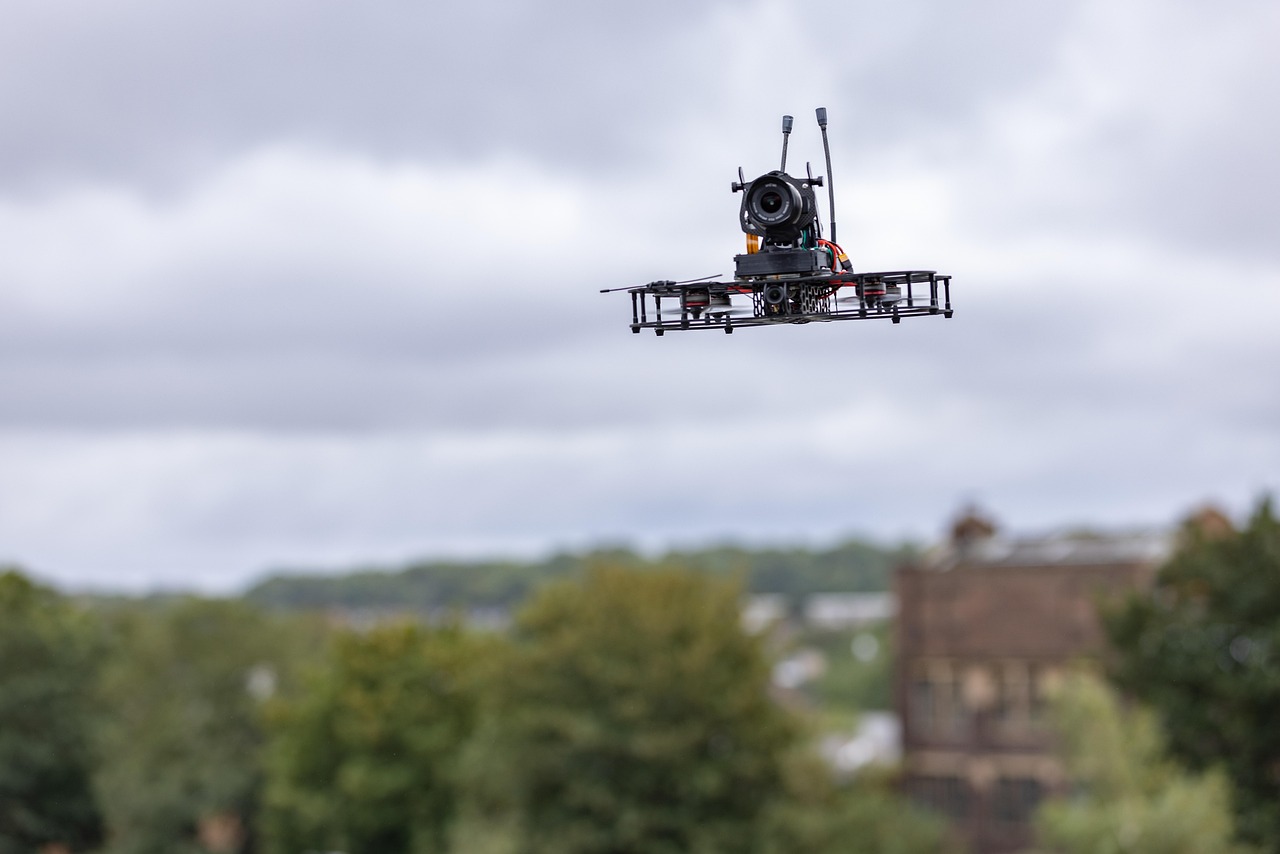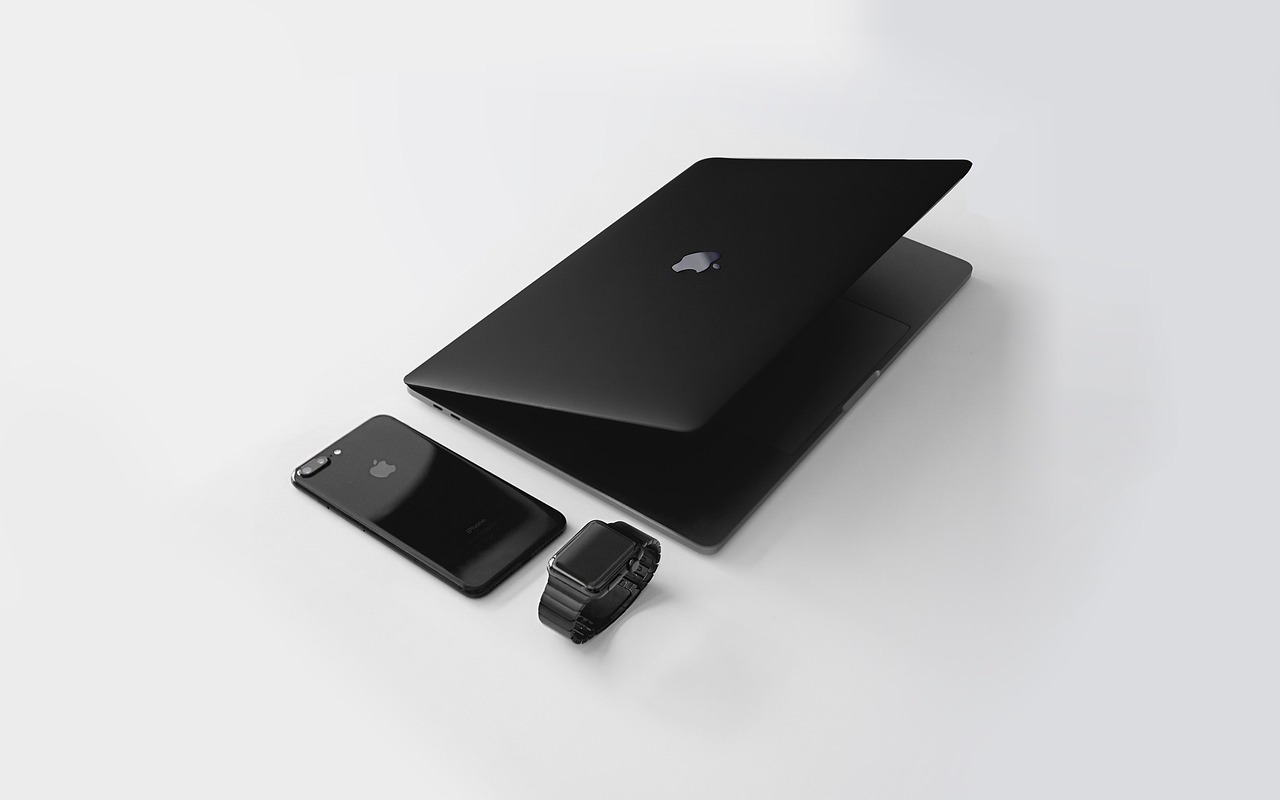
User Interface of Unknown Provenance
User Interface of Unknown Provenance
The concept of User Interface of Unknown Provenance (UOUP) is particularly relevant in the context of medical devices, especially as manufacturers strive to comply with regulatory standards such as the Medical Device Regulation (MDR) in Europe. Understanding UOUP is essential for ensuring that medical devices are safe and effective for end-users, which includes healthcare professionals and patients alike.
Understanding UOUP
UOUP refers to user interfaces that have not been previously validated or are derived from sources that lack a clear history of usability testing. This designation can apply to devices that were developed before the introduction of the international usability engineering standard IEC 62366-1:2015, which outlines the requirements for usability in medical devices.
Manufacturers must be aware that if their device's user interface falls under the UOUP category, they are required to undertake specific evaluation activities as outlined in Annex C of IEC 62366-1:2015. This evaluation is crucial for demonstrating compliance with the usability requirements set forth by the MDR.
Regulatory Context
The MDR emphasizes the importance of usability in the design and development of medical devices. It mandates that manufacturers ensure their devices are user-friendly and minimize the risk of user error. The UOUP designation presents unique challenges, as it necessitates a thorough evaluation process to ascertain the usability of the interface.
Evaluation Steps for UOUP
According to IEC 62366-1:2015, manufacturers must follow a structured approach to evaluate UOUP. The steps include:
- Identification of User Needs: Understanding the specific needs and requirements of the intended users is the first step. This involves gathering information on how users interact with the device and what challenges they may face.
- Usability Testing: Conducting usability tests with representative users is essential. This testing should focus on identifying potential usability issues that could lead to user errors.
- Risk Analysis: Manufacturers must perform a risk analysis to determine the potential consequences of identified usability issues. This analysis helps prioritize which issues need to be addressed.
- Design Improvements: Based on the findings from usability testing and risk analysis, manufacturers should implement design changes to enhance the user interface.
- Validation: Finally, the revised user interface must undergo validation testing to ensure that the changes effectively address the identified usability issues.
Determining UOUP Qualification
Manufacturers must assess whether their medical device qualifies for UOUP designation. This determination involves evaluating the device's user interface against the criteria set forth in IEC 62366-1:2015. If the interface is deemed to be of unknown provenance, the manufacturer must proceed with the evaluation activities outlined in the standard.
It is important to note that devices commercialized prior to the release of IEC 62366-1:2015 may face additional scrutiny. Manufacturers of such devices should be prepared to demonstrate how they have addressed usability concerns, even if their devices were developed under different regulatory frameworks.
Conclusion
The User Interface of Unknown Provenance presents significant challenges for medical device manufacturers. Compliance with the usability requirements of the MDR is not only a regulatory obligation but also a critical aspect of ensuring patient safety and effective healthcare delivery. By adhering to the guidelines established in IEC 62366-1:2015, manufacturers can systematically evaluate and improve their user interfaces, ultimately leading to safer and more effective medical devices.

















 Transforming Your Living Room: The Home Entertainment Center With Fireplace
Transforming Your Living Room: The Home Entertainment Center With Fireplace 
 Health
Health  Fitness
Fitness  Lifestyle
Lifestyle  Tech
Tech  Travel
Travel  Food
Food  Education
Education  Parenting
Parenting  Career & Work
Career & Work  Hobbies
Hobbies  Wellness
Wellness  Beauty
Beauty  Cars
Cars  Art
Art  Science
Science  Culture
Culture  Books
Books  Music
Music  Movies
Movies  Gaming
Gaming  Sports
Sports  Nature
Nature  Home & Garden
Home & Garden  Business & Finance
Business & Finance  Relationships
Relationships  Pets
Pets  Shopping
Shopping  Mindset & Inspiration
Mindset & Inspiration  Environment
Environment  Gadgets
Gadgets  Politics
Politics 